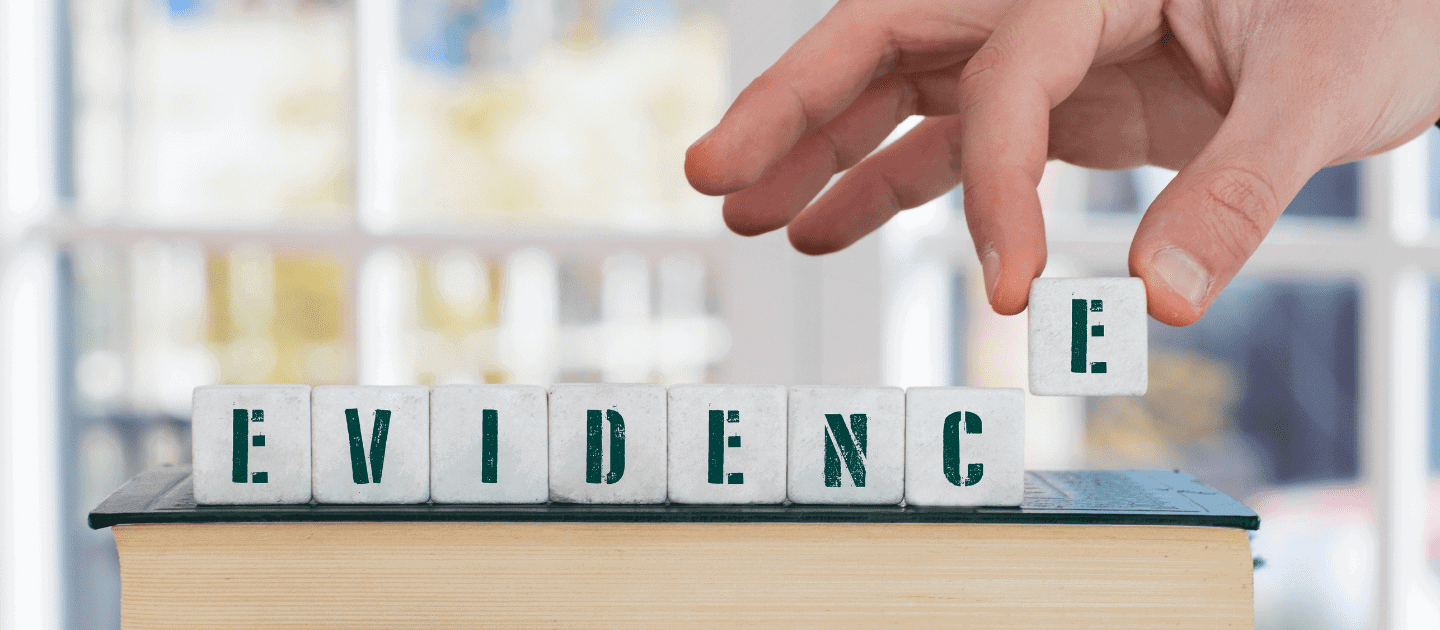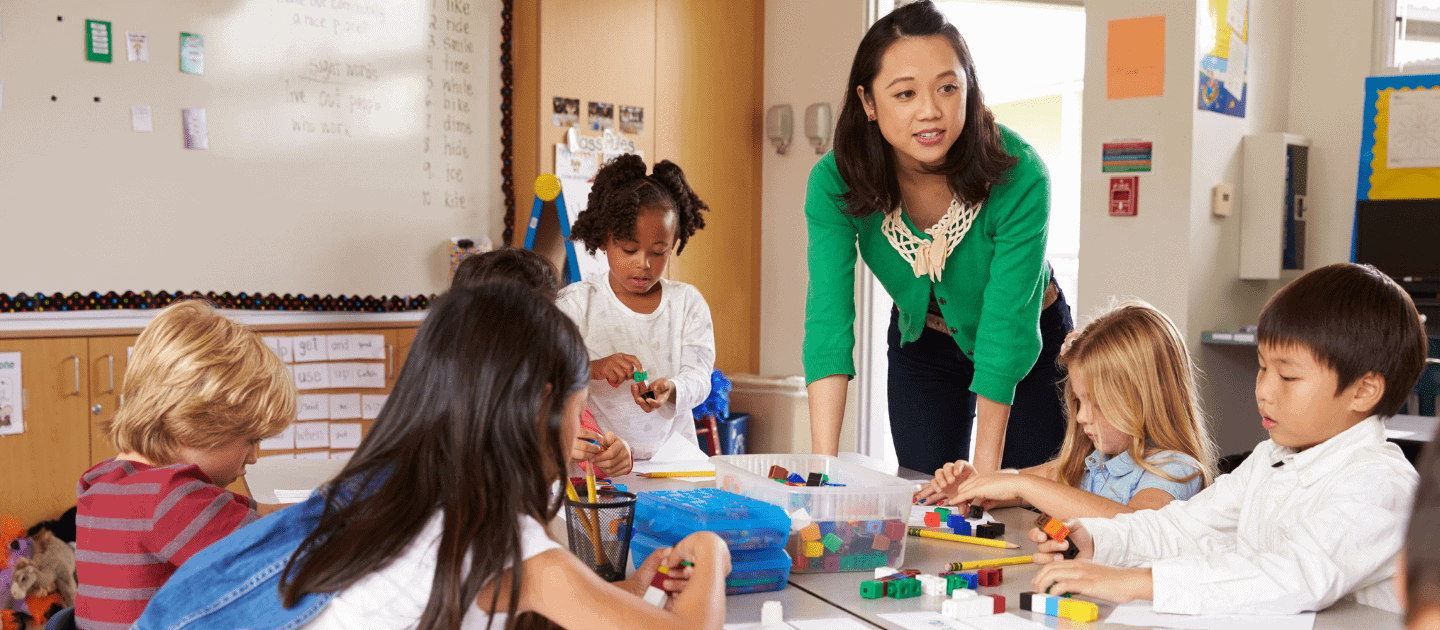Will mainstreaming and inclusion into mainstream classes lead to better outcomes post-school?

All students should have access to a range of program options that will be appropriately challenging and help them to develop the skills, attitudes, and experience needed to be successful post-school.
Factors that impact data-based decision making in educational settings

The study explores factors that affect data-based decision making (DBDM), which has been established as an essential part to student progress, particularly for those with learning differences.
Academic Self-Concept and Self-Perceived Inclusion in Relation to Student Characteristics

DeVries, Knickenberg, and Trygger report complex relationships between student characteristics (ie. the presence of learning differences), and self-perceived inclusion and academic self-regard.
Veracity in Special Education

Bringing clarity to how we ascertain veracity can support our ability to identify high-quality interventions.
Can school-wide interventions change school climate?

School climate is a critical component for successful school outcomes. The type of engagement occurring between students, faculty, and the community, the level of safety, and environmental factors all affect school climate.
Teaching & Learning in the Online Classroom: Reimagining Pedagogy to Engage Our Learners

Moving towards learner-centered instruction, well-designed online teaching should encourage students to remain motivated and engaged by providing diverse, collaborative learning activities and creating a space where students are empowered to take control over their own learning.
Contradictory Findings on Peer Outcomes in Inclusive Settings Indicate Need for Common Definition of Inclusion in Special Education

Prevailing research on the experiences and learning outcomes of typically developing peers in inclusive settings present more questions than answers.
Translating Learning to the Home Environment

Research has indicated that parental training and coaching programmes can be effectively translated into the student’s natural environment.
High-Leverage Social, Emotional and Behavioural Practices in Special Education

Social, emotional, and behavioural skills must be explicitly taught, just like academic skills, to create effective learning environments where all students can thrive both academically and socially.
How important is specialized professional development?

Effective PD should be sustained over time, involve coaching or collaborative communities, and include specialized and role-specific content.
